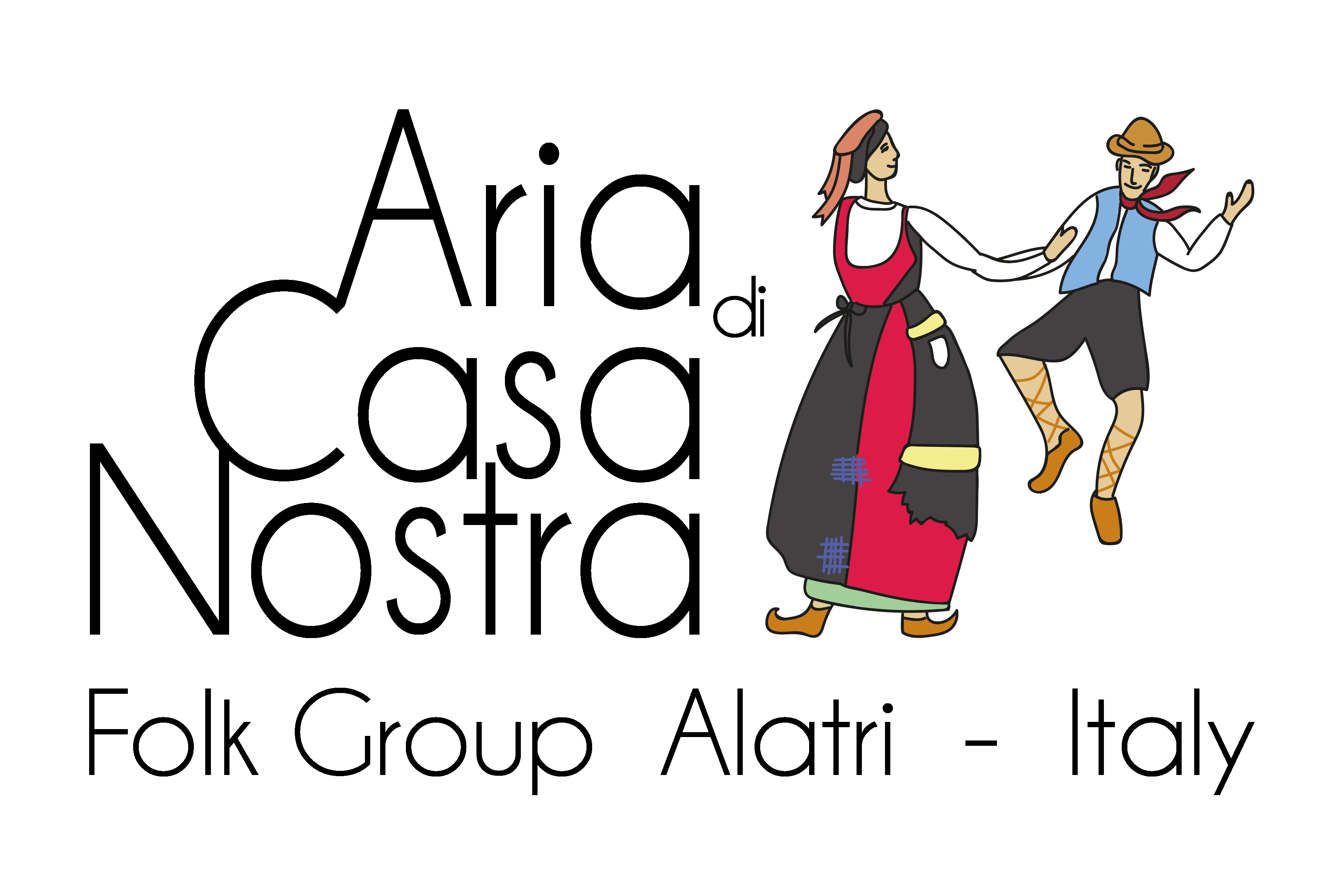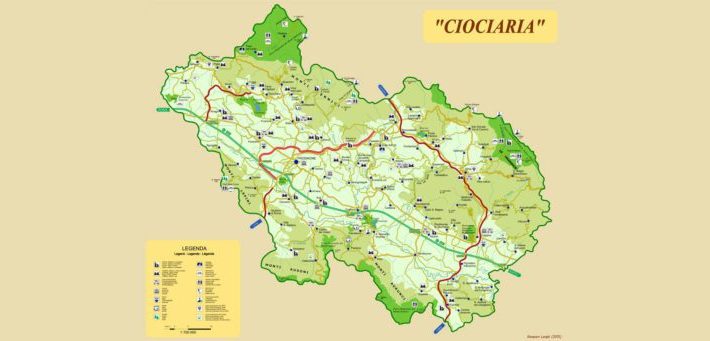“Ciociaria”, our territory
“Region” of southern Lazio that has no defined borders, less commonly known as Ciociaria, corresponds roughly to the current province of Frosinone. Starting from the “twenty years” the same name is used by the local press, by promotional associations and folklore events as a whole of the popular traditions of the territory.
The name
Derives from the “ciocie”, characteristic footwear worn once by peasants and shepherds. The region retains a rich and varied folklore. It represents an area where ancient traditions, both food and wine. It is a territory rich in historical, archaeological and naturalistic testimonies, in particular in the mountainous areas of the Apennines.
“A land with such blurred, undefined borders, collects contaminations of different cultures (sometimes profoundly different) that are reflected in the works left to posterity. La Ciociaria then, appealed in the past as Lazio, Campagna e Marittima or Campagna di Roma (and scenario of clashes up to the unification of Italy), becomes a container of habits and customs where diversity is to give uniqueness to the territory and where influences of the Ernici, the Aurunci, the Volsci and the first Samnites, the Papal States and the Kingdom of Naples later, the meetings in each of the 91 countries of the Province.Starting from the polygonal walls of Alatri, Anagni, Arpino, Atina, Ferentino passing through the abbeys of Montecassino, Casamari or (the Certosa) of Trisulti (real Christian temples and artistic witnesses of religious faith) until you get to the “most recent” “Works that the Romans have disseminated throughout the territory”. “We grew up in one of these 91 municipalities, an environment where everyone knows everything about everyone and the voices of the villagers bounce through the narrow alleys, enter the windows left open, let themselves be pampered by the kitchen scents, then reach the shops food, run between the shelves without prices, and meet the cutting desk that also has the cheese of the pastor friend. Meanwhile, the old ladies sitting on straw chairs in front of their doors, observe everything with careful eyes and glimpses, without saying goodbye. A place for those that do not exist anymore “.
Territory
the main morphological units are identified: the Apennine reliefs given by the Ernici Mountains which represent the natural border with Abruzzo and Molise. It is a mountain complex characterized by reliefs with peaks that exceed 2000 meters in height as M. Viglio (2156 m), Pizzo Deta (2041 m), M. Meta (2241 m), Monte Pratelle (2010 m), Campo Catino (1980 m), La Monna (2003) La Rotonaria (2004).On the border with the provinces of Rome and Latina, the mountains of the Monti Lepini, Ausoni and Aurunci rise. Three distinct mountain groups that until the end of the 1700s were known and gathered under one name, the Volsci Mountains. Among the most imposing peaks of the Lepini, Ausoni and the Aurunci we have: M. Alto (1416 m), M. Cacume (1095 m), M. Calvilli (1116 m) up to M. Fammera (1184 m).
Evocative and very spectacular are the forms of karstic erosion, such as the Well Pit d’Antullo, 150 meters wide and 60 meters deep, the Caves of Collepardo (both about 10 km from Alatri) and the Pastena Caves at 40 km.) large mountainous structures of the province are also the areas characterized by the greater concentration of environmental and cultural resources, such as to be protected territories: from the Lazio side of the Abruzzo National Park with the Regional Natural Reserve of Fibreno, to the Regional Parks of Simbruini and Aurunci and to the nature reserves of the Ernici (among which the Canterno lake).
“Green. There is no other color that you could associate with Ciociaria…. Green as a path, physical and spiritual, between the paths that lead to the highest peaks, where everything changes perspective and everything becomes incredibly more true, authentic. Ciociaro green…. An intense green that smells of poplars, beeches and oaks, with hints of undergrowth that accompany the concert of nature. There, where robins cohabit with eagles and peaks, peregrine falcons and owls, bears and wolves, roe deer and chamois, giving life to an ecosystem of delicate balances, in which the human hand is almost transparent, imperceptible “.



